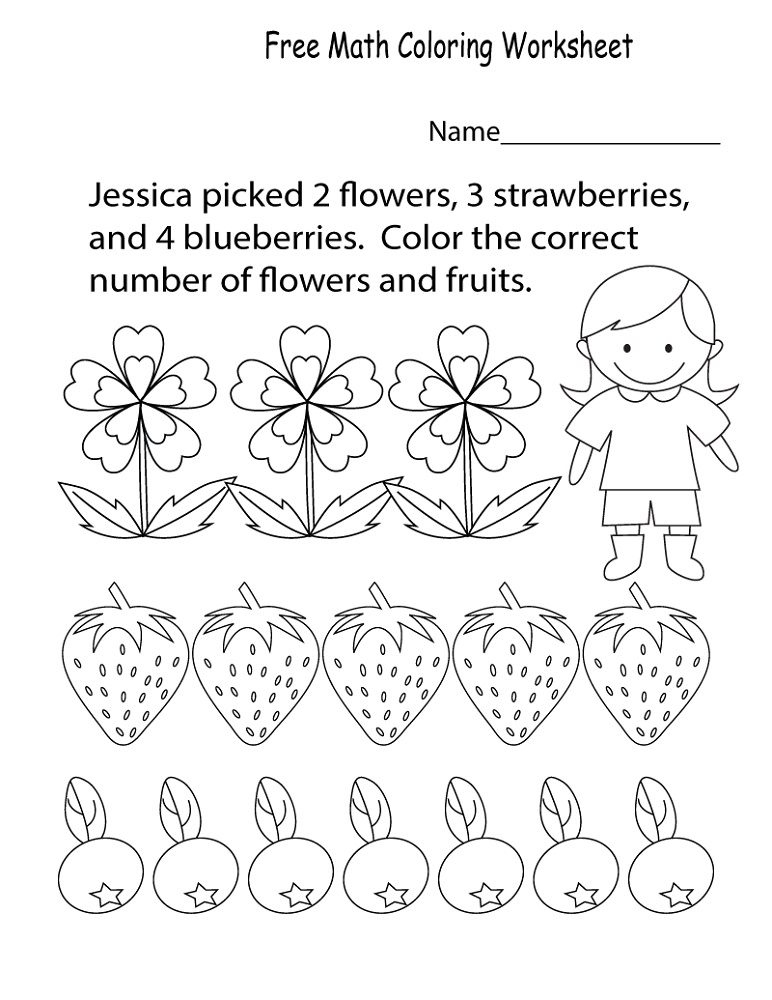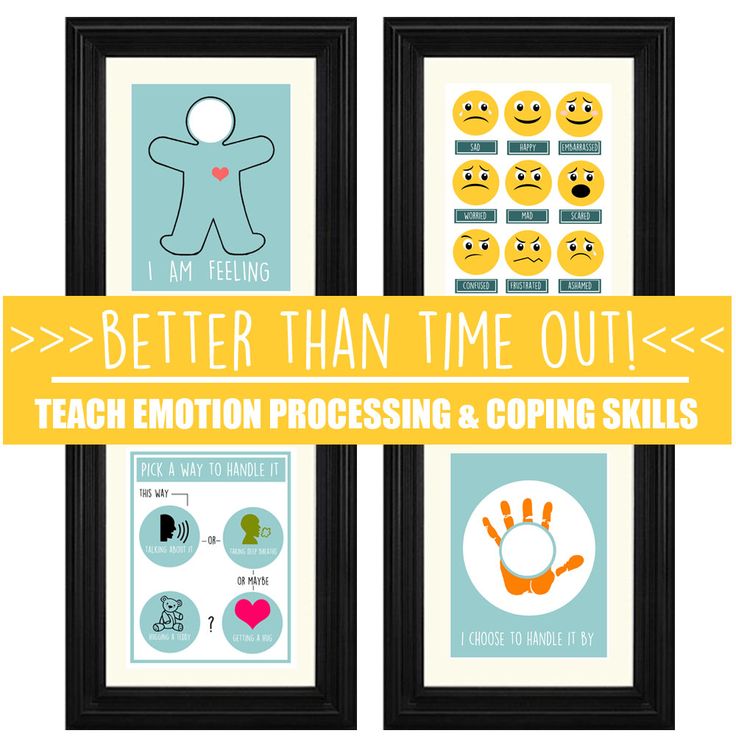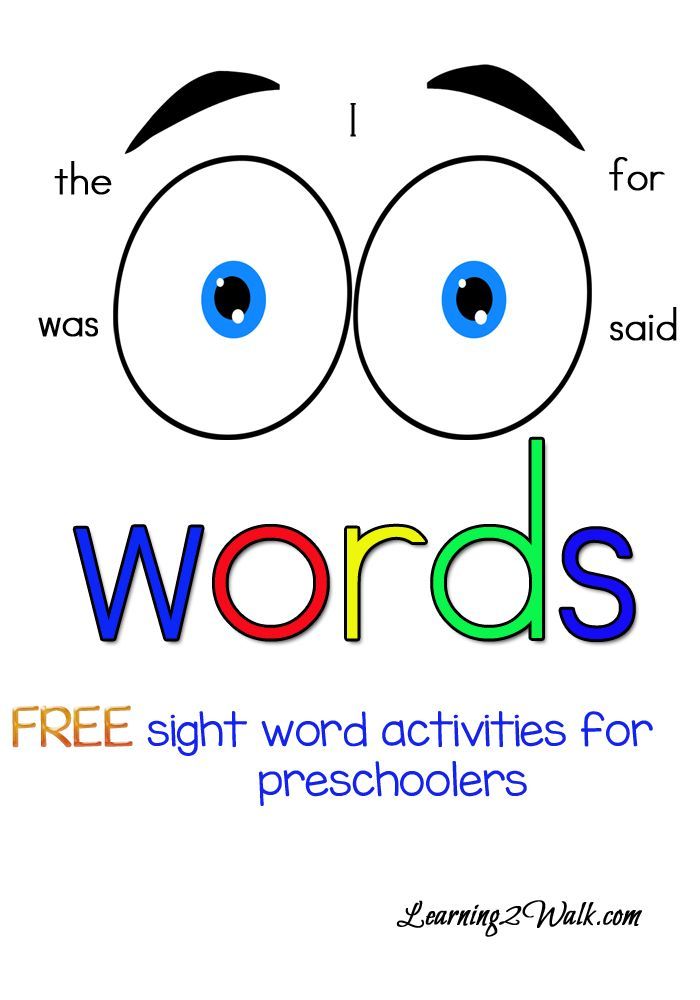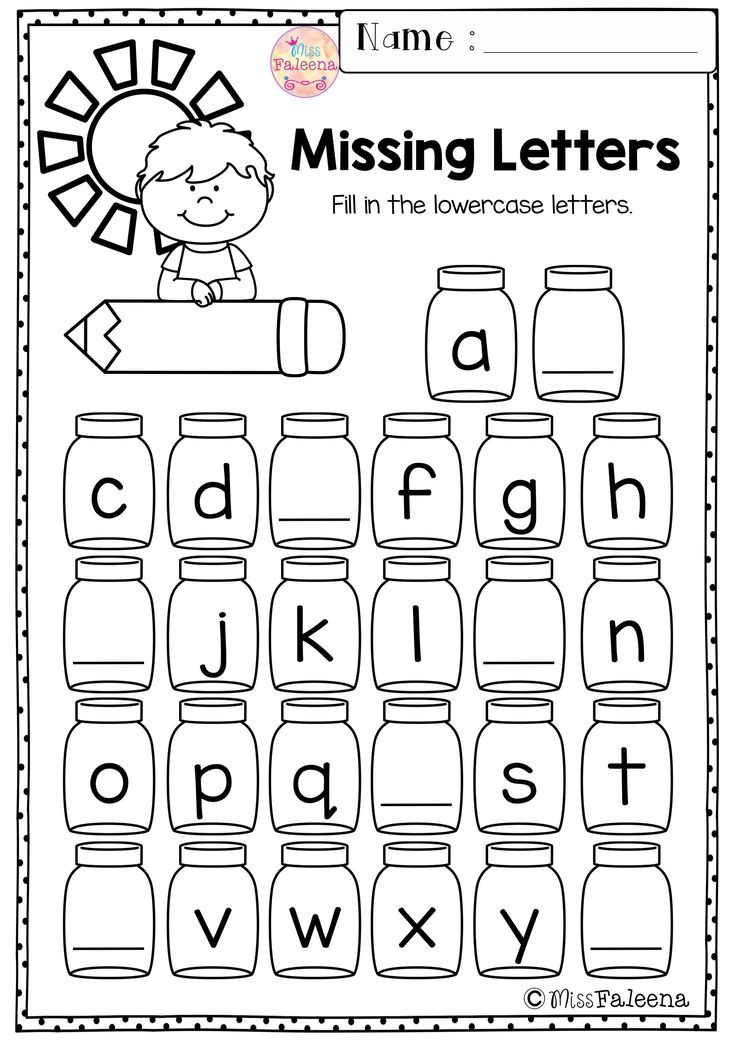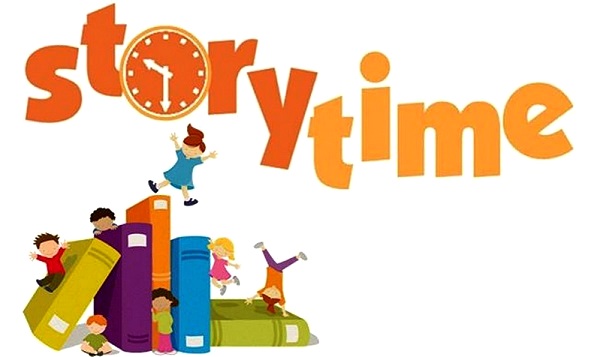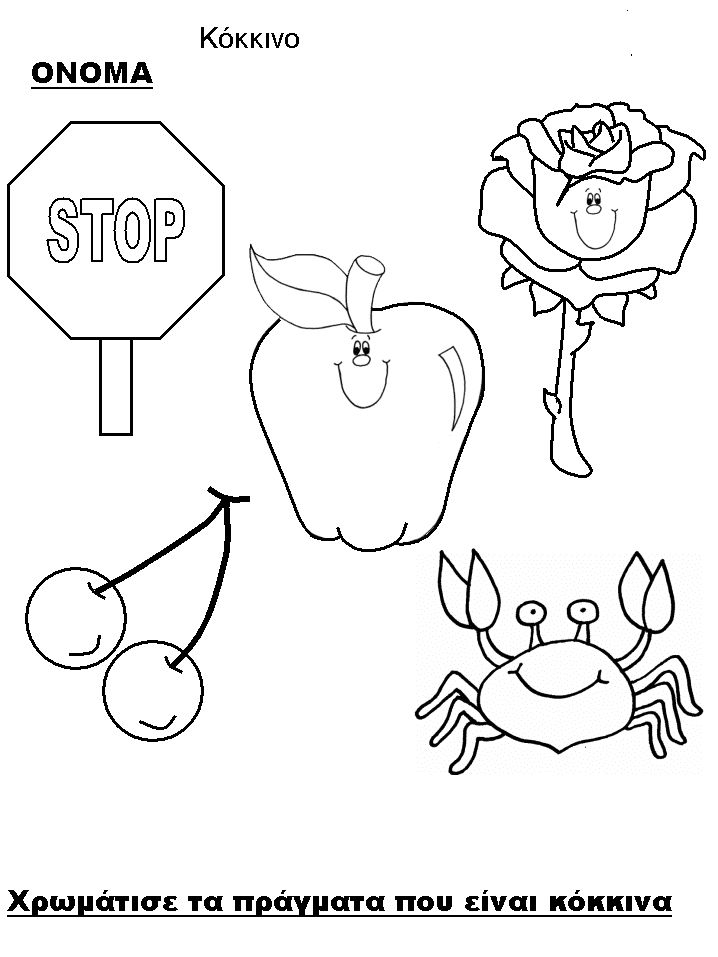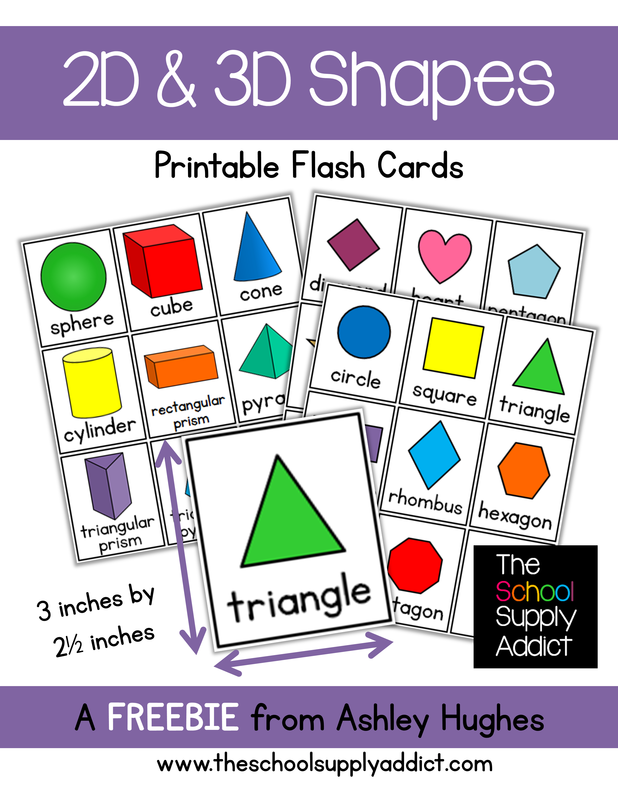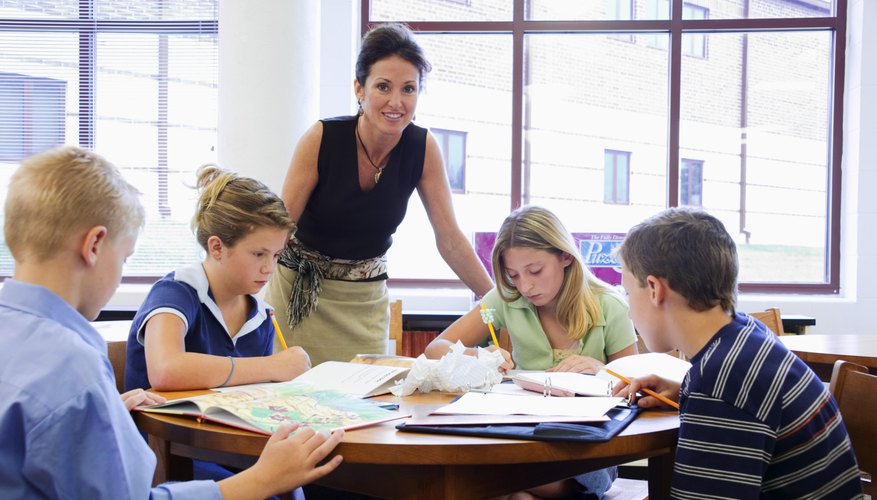Color for kindergarten
10 Activities for Teaching Colors in Kindergarten
Curriculum | Featured
Teaching colors in kindergarten is an important and fun skill to teach. These kindergarten color activities will make learning hands-on and engaging all year long. Plus, your students will work on math, literacy, fine motor, and problem-solving skills along the way.
Colors and Color Word Activities for Kindergarten
Teaching colors and color words in kindergarten helps students to visually discriminate colors and begin working with colors in different subjects, such as math, literacy, and art.
From sorting, graphing, reading color words in sentences, and identifying colors in art, teaching colors is an important life skill for young learners.
#1. I Spy!
I Spy! is a kid-favorite when it comes to kindergarten color activities. This game can easily be incorporated anytime of day, whether it’s a morning warm-up, carpet game, or quick time-filler activity.
To play, one person is the “spy.” They look around the room and say “I spy something (green/blue/red).” Students then take turns raising their hand and guessing what it is. The first student that guesses correctly is the next “spy.”
Using color games with students is an effective way to engage them and practice skills in a fun way.
#2. Scavenger Hunt
Another way to get your students active and engaged in the learning is to do a color scavenger hunt. To play, draw different colored circles in the middle of various notecards. You can use as many colors as you’d like to work on.
The students will draw a notecard, identify the color, and go around the classroom to find something in that color. When they find something in the matching color, they stop and raise their hand in place.
Once everyone has found a match, go around the room calling on students one at a time and have them share their color and what the object is.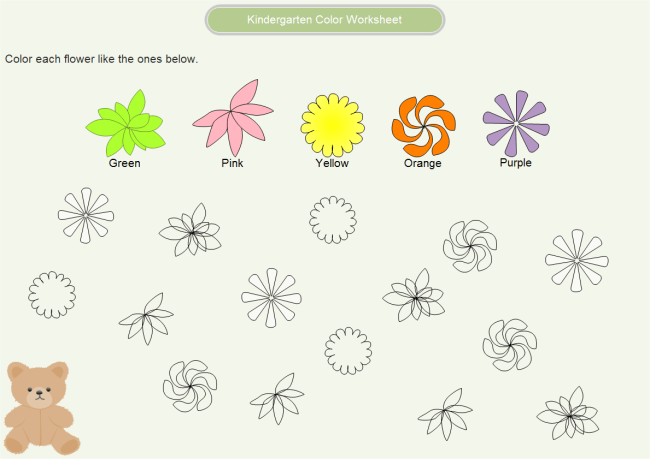 Have them return to their seats, pass their cards to the left, and repeat the scavenger hunt again with their new colors.
Have them return to their seats, pass their cards to the left, and repeat the scavenger hunt again with their new colors.
Another option is to do this activity in small groups. Give students 2-4 notecards and have them go around the room and collect objects. Then, they return to the small group table and match the object to the correct color notecard before switching cards.
#3. Color Patterns
Whenever you can combine your kindergarten color activities with math, that’s a teacher win! Practice identifying colors and making patterns with different colored counting bears, color links, or plastic cubes.
You can call out a pattern and have students model it with their manipulatives. You can also use pattern cards to help students model various patterns, such as AB, AAB, ABB, ABC, and AABB patterns.
#4. Color Sorts
A simple yet effective kindergarten color activity is to have students practice sorting by color and saying the colors out loud.
You can give students a handful of manipulatives, such as pattern blocks, colored cereal, plastic cubes, mini erasers, color links, etc.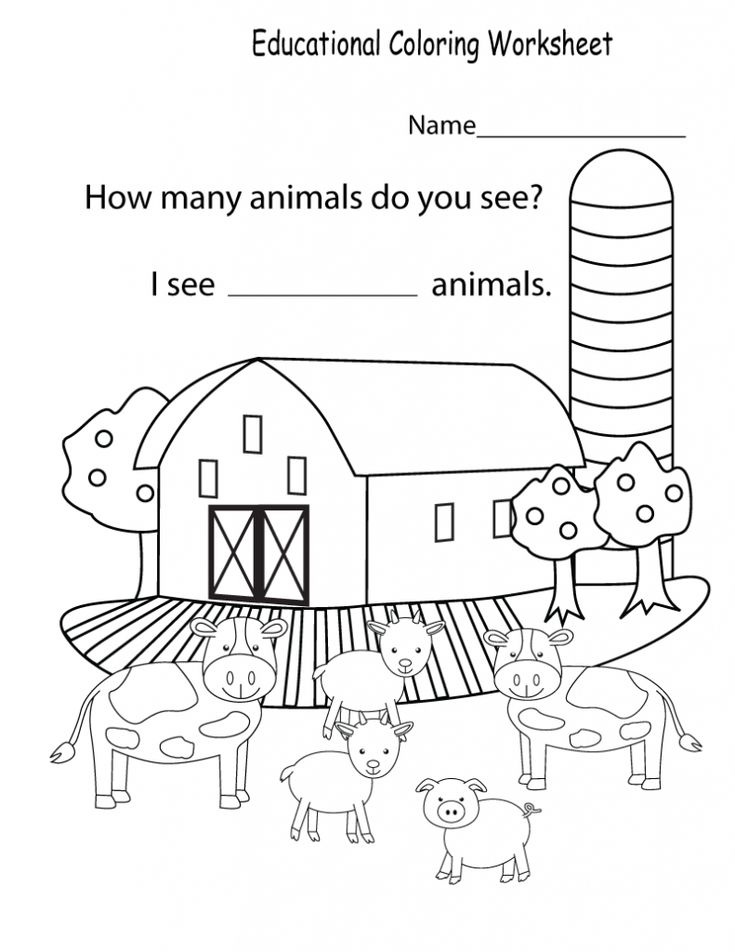 Have them sort the manipulatives by color and identify the color by saying it out loud.
Have them sort the manipulatives by color and identify the color by saying it out loud.
To take it a step further, ask students to count how many are in each category to practice math skills.
Another variation of this activity would be to have different colored cups or containers and have students sort their pile into the proper cup or container.
If you don’t have different colored cups or containers, you can write the color word in a colorful marker on a sticky note and stick it to the outside of any cup or container you have on hand. This would help students learn their color words as well.
#5. Egg Carton Fill
This color activity uses both color knowledge and fine motor skills. Prepare an egg carton by coloring a circle on the bottom of each space in an egg carton. You could also use a colored circle sticker instead and stick it in the bottom of the spaces.
Have students use jumbo tweezers to sort colored pom poms into the correct spaces in the egg carton, matching the colors of the pom poms to the circles.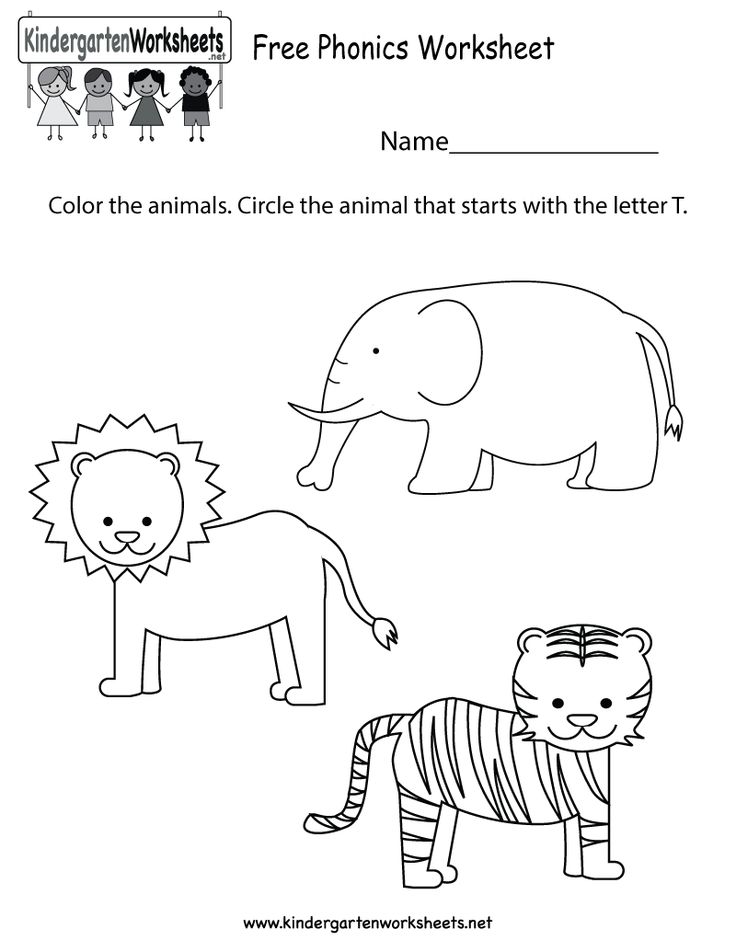 This would be a great small group or fine motor center activity.
This would be a great small group or fine motor center activity.
#6. Play Dough Color Count
Play dough is a great manipulative to keep on hand when teaching colors. Students can practice identifying colors and counting at the same time.
To prepare, write different color words in the corresponding color with marker on notecards. Students will draw a color card to determine which play dough color they’ll use. Then, they’ll roll a dot cube and count the dots. Finally, they’ll form that many play dough balls in the correct color, counting as they go.
Students can do this activity at a small group table or desk or with a color matching mat.
#7. Color Call Out
The next kindergarten color activity is another super easy, no prep game that can be played at any time.
To play, stand in circle as a whole group. One person calls out a color. Starting with the person to the left of them, each student says a real world object that is that color. After every student has said an object, the whole class spells the color word together.
Students take turns being the “caller” and calling out the next color.
#8. Roll and Match Colors
Color Roll and Cover is a fun game for students that makes practicing colors super fun.
You can use a color cube or a dry-erase cube to write color words or draw colored circles on. Students will roll the cube and cover a space on their roll and cover mat with a matching colored manipulative. The first student to cover the most spaces wins.
This activity is one of the activities found in the Let’s Learn Colors Mini Unit.
#9. Bingo Dabber Activities
Bingo dabbers are perfect for several kindergarten color activities. You can give students a white piece of paper and have them write color words using the matching color of bingo dabber. This also gives students a little fine motor practice while forming the words.
Another option is to have students dab freely on a white piece of paper and have them say the color word each time they dab.
To practice spelling the color word, they could even say a letter each time they dab to spell the color word. Once the word is complete, they switch colors.
Once the word is complete, they switch colors.
#10. Color Boom Cards
Using digital kindergarten color activities is another way to practice colors while engaging your students. Students can practice color recognition with real world objects or even color discrimination with Boom Cards.
They’ll hear the color words in the audio directions, giving them even more exposure to colors and color words.
I hope these 10 kindergarten color activities have given you some fresh ideas that you can implement with your students.
Looking for more colors and color words activities for kindergarten? Check out my Let’s Learn Colors Bundle, complete with color activities, centers, games, and no prep pages.
Post Tags: #color words#colors
Similar Posts
Color Activities for Kindergarten
50 shares
Color activities for kindergarten! Engaging activities and ideas for early learners to practice color recognition.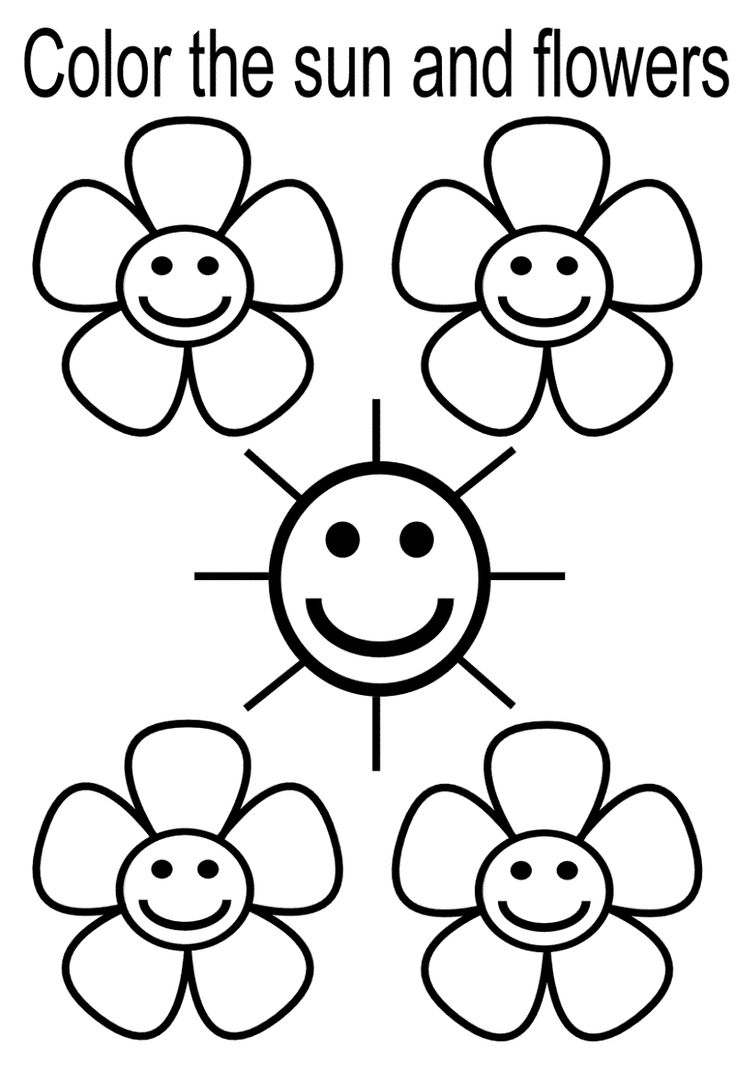
Color Activities for Kindergarten
Recognizing basic colors is a skill all kindergarten students need to master. The best way to practice color recognition is with fun color theme activities. My lesson plans during the first few weeks of kindergarten always include color activities. We sing songs to practice color words, read children’s books about colors, practice color sorting and color matching, and sometimes even do science experiments!
Color Centers
Adding color activities to your daily centers is a perfect way for young children to practice color recognition. Here are a few colors themed activities for you!
Color Sorts
I use these color cards for a few different activities. For this color activity, students practice sorting objects by color. If your sweeties are able, you can add a response sheet where they practice writing color names or they can label the object.
You can also sort objects! Have your students sort buttons, pom poms, counting bears, blocks, popsicle sticks, the list goes on and on.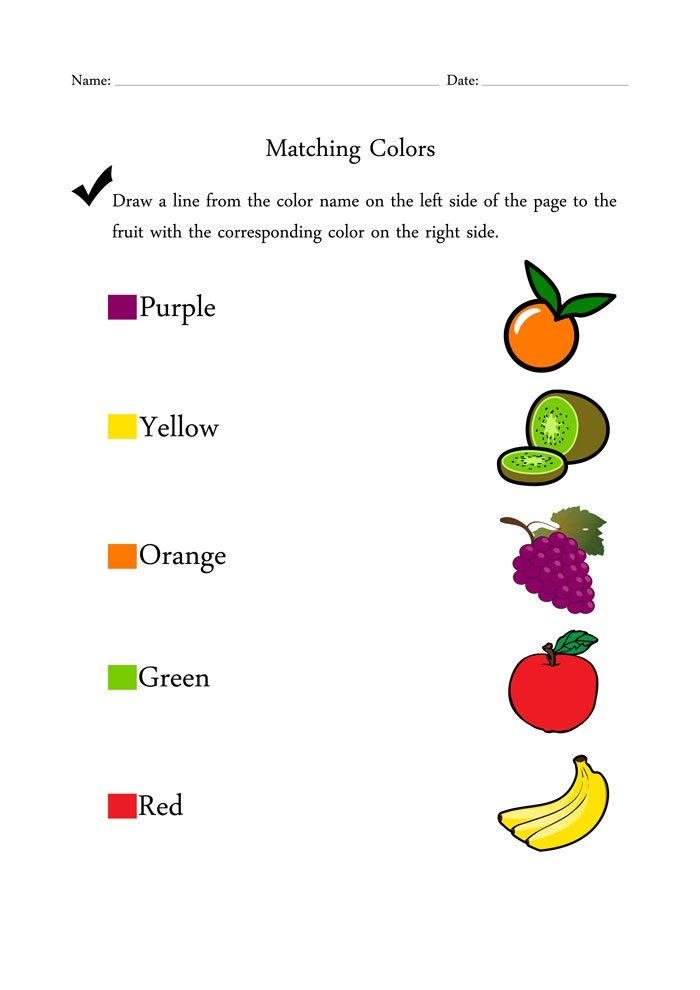
Roll and Color
Pocket dice are so much fun! I add cards with different colors and make a few copies for a quick center. Roll the dice… color a box on your paper. Easy!
Color Sentences
This is a center activity that I model during whole group and eventually add to our pocket chart literacy station. These simple sentences are a hit! Plus, I re-use the color cards from the color sorting activity.
You can also have students write color sentences with these no prep pages! These make a fun little color activity for morning work!
Dough Activity
Playdoh is an important part of a child’s first few days in an early education classroom… well at least in my kindergarten classroom! They were always so excited to see playdoh sitting on their desk when they walked in first thing in the morning. So of course, adding color mats to their center time with playdoh was a no brainer! I also kind of love Playdoh for working on those fine motor skills.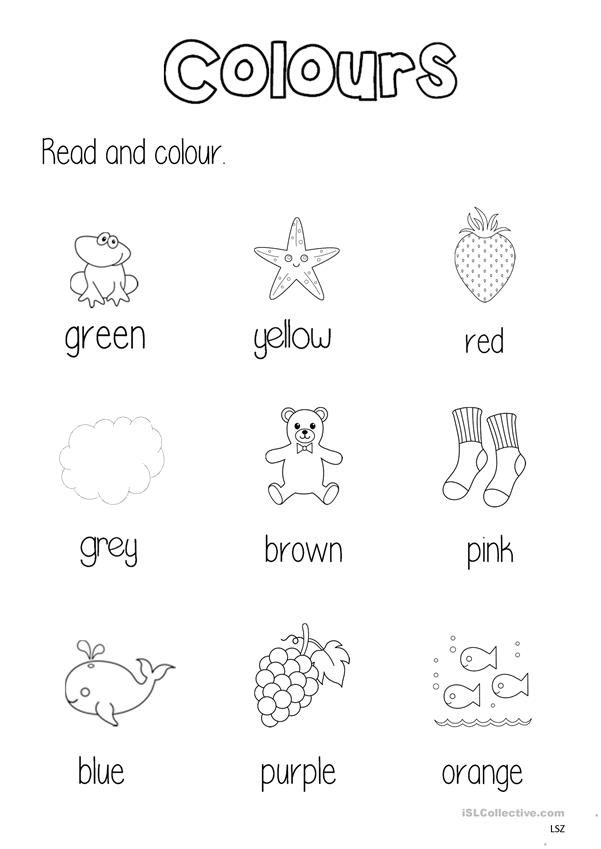
Board Games
These simple color games are tons of fun and perfect for your kindergarten or preschool classroom!
I use Bump games ALL YEAR LONG! I have Bump games to practice various math and literacy skills. I introduce Bump for the first time using the color themed board games!
This fun game is so simple! It is perfect for teaching colors. Students spin the color wheel and place their game piece on the correct color. There are 12 different color games so I just switch them out so it stays exciting!
Here is another simple color game. This board game is a great way to focus on primary colors.
Puzzles
Puzzles stay in my center rotation for several months! These matching color puzzles are great kindergarten and preschool activities.
Simple Puzzles Colors with Word Handwriting Practice
A Few More Fun Ideas!
Riddle of the Day
Students guess a new color every day with these fun riddles! I post the daily riddle on the board and we work together to make guesses.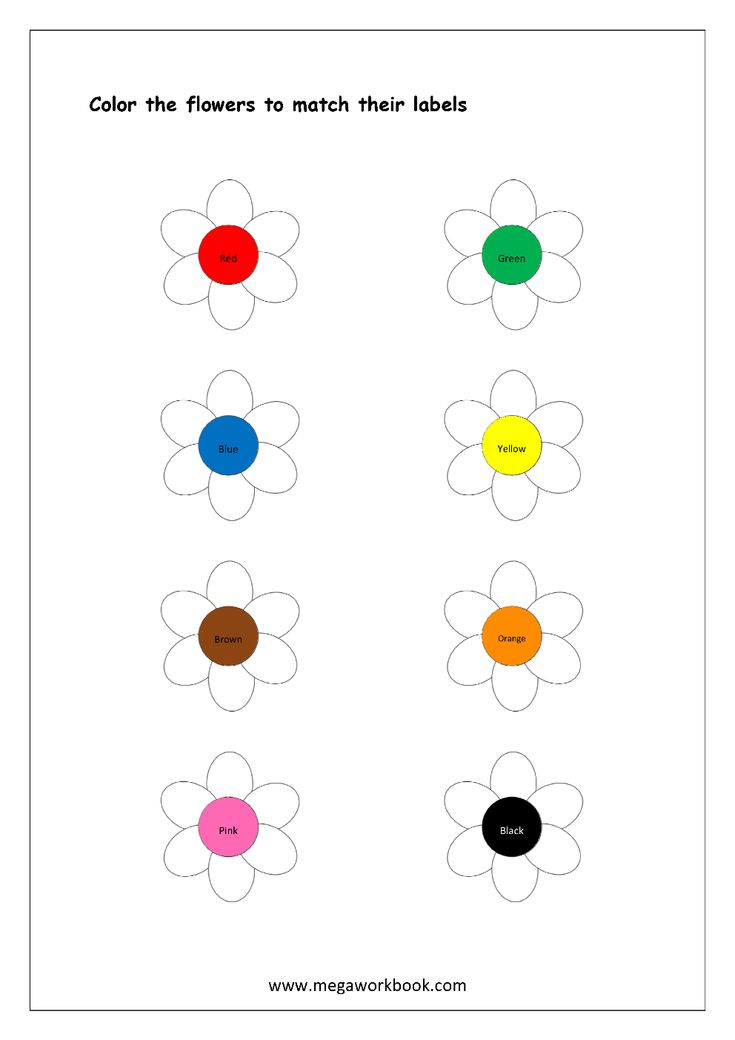
You can read more about how I use classroom riddles to teach text details and inferring in this blog post:
- Classroom Riddles for Kindergarten
You could also have a color scavenger hunt or play an I Spy game, based on which color was revealed. Just another fun way to talk about colors!
Directed Drawing
Star of the Day directed drawing is one of my favorite things to do in kindergarten. We start this activity early in the school year to help students construct illustrations that carry meaning. This is the perfect opportunity to help students begin choosing colors that make sense and using them in the right place. So, we aren’t going to use the color green to color the sky (unless there is about to be a tornado I suppose) but rather color the grass green. You can snag the Star of the Day directed drawing for FREE at the end of the post.
Color Experiment
If you are looking to do an experiment with colors, this video about from SciShow Kids is great! It is all about color mixing.
Favorite Books about Color
There are several great books about color! Here are few of my favorites.
Have so much fun with these color activities for kindergarten! Don’t forget to snag the free file below! Simply, add your name and email address. The free file will be sent to your inbox.
Get this FREE Star of the Day Directed Drawing
Get freebies and teaching tips
sent right to your inbox.
First name
Email address
Thank you for subscribing!
50 shares
Pin for Later
Deedee Wills
My teaching career allowed me to experience teaching in different classroom environments and grades. My heart belongs to early childhood education. My job is to make teaching FUN, ENGAGING, and EASIER.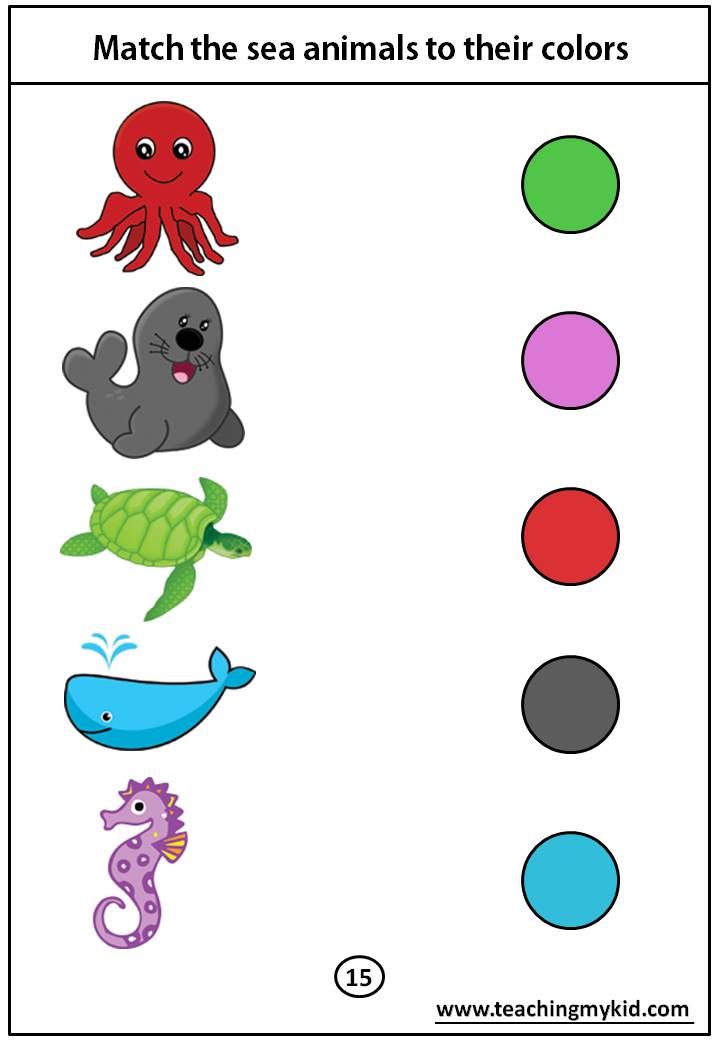 Welcome!
Welcome!
PrevPrevious12 Strategies on How to Teach Addition and Subtraction in Kindergarten | Free File!
Next15 Fine Motor Activities for Kindergarten | Free File!Next
Hi, I'm DeedeE.
My teaching career allowed me to experience teaching in different classroom environments and grades. My heart belongs to early childhood education. My job is to make teaching FUN, ENGAGING, and EASIER. Welcome!
Facebook-f Twitter Pinterest-p Instagram Youtube
Free curriculum planning Map
Make your life easier with this FREE Curriculum Planning Map with over 400+ pages and free resources!
First name
Email address
Thank you for subscribing!
Find Me on TPT
Free 2 Month ESGI Trial
Use Promo Code: WILLS
Check out Heidi Songs Learning Videos: CODE DEEDEE10
Join the Facebook Group
Latest Posts
You Might Also Enjoy.
 ..
..Choosing a color for painting walls in kindergarten
Home / Articles / Choosing a color for painting walls in kindergarten
What is the psychology of color
Choosing a color for painting walls in kindergarten should be a matter of thought. It's not just about choosing your favorite color or trendy shade. We bring you color theory to help you decide which shade is right for each space.
Various studies carried out by scientists have shown that colors affect various psychological and functional processes of the human body. For example, yellow has been proven to be a visual and nerve stimulant that causes arousal. Therefore, it is no coincidence that the most important traffic signs of vehicles have a yellow background.
How each color makes you feel
To choose a color to paint the walls in kindergarten, let's see how each color makes you feel.
Red:
- increases muscle tension;
- activates blood circulation and therefore speeds up the heartbeat, raises blood pressure and speeds up breathing;
- is the color of vitality and action.
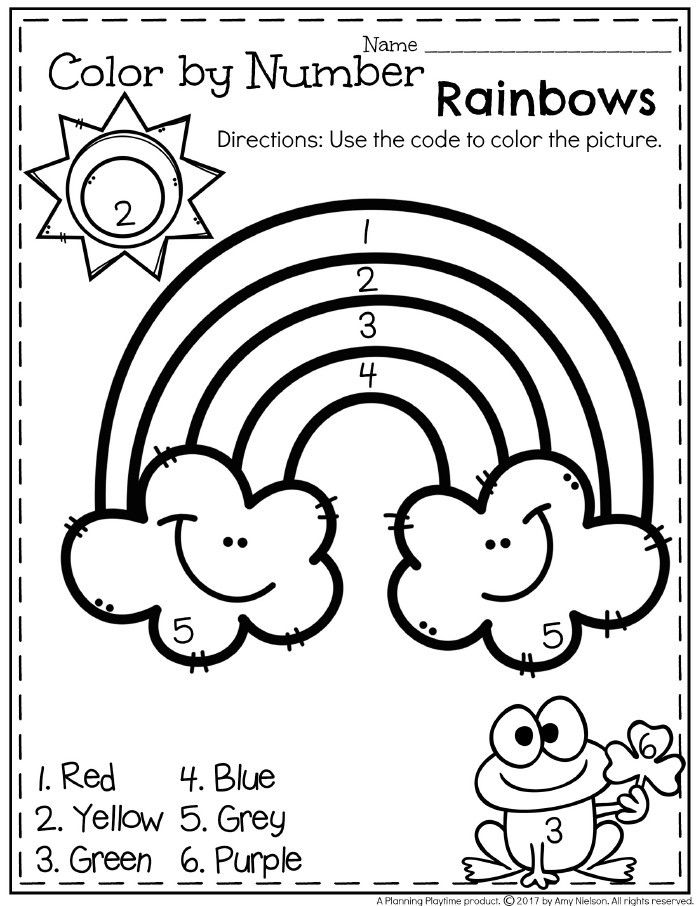
In large spaces, red can be burdensome, but if used in small details, it provides warmth.
Its negative aspect is that it can generate aggressive relationships, even anger.
Orange:
- has some red effects, but to a lesser extent;
- stimulates, vitality, fun and movement;
- reduces fatigue;
- is associated with communication, balance, security and trust.
Yellow is the color of sunlight:
- it generates warmth, good mood and joy;
- is the most subtle of the warm colors, it acts as a positive energy boost that does not become aggressive, giving strength to the digestive system and muscles;
- it is associated with mental activity and creative inspiration as it awakens the intellect and acts as an anti-fatigue.
Yellow color is suitable for painting walls in a playroom or a kindergarten classroom.
Green:
- is a soothing color;
- it is effective in cases of nervous excitability, insomnia and fatigue;
- lowers blood pressure and heart rate;
- is a sedative color;
- improves vision.
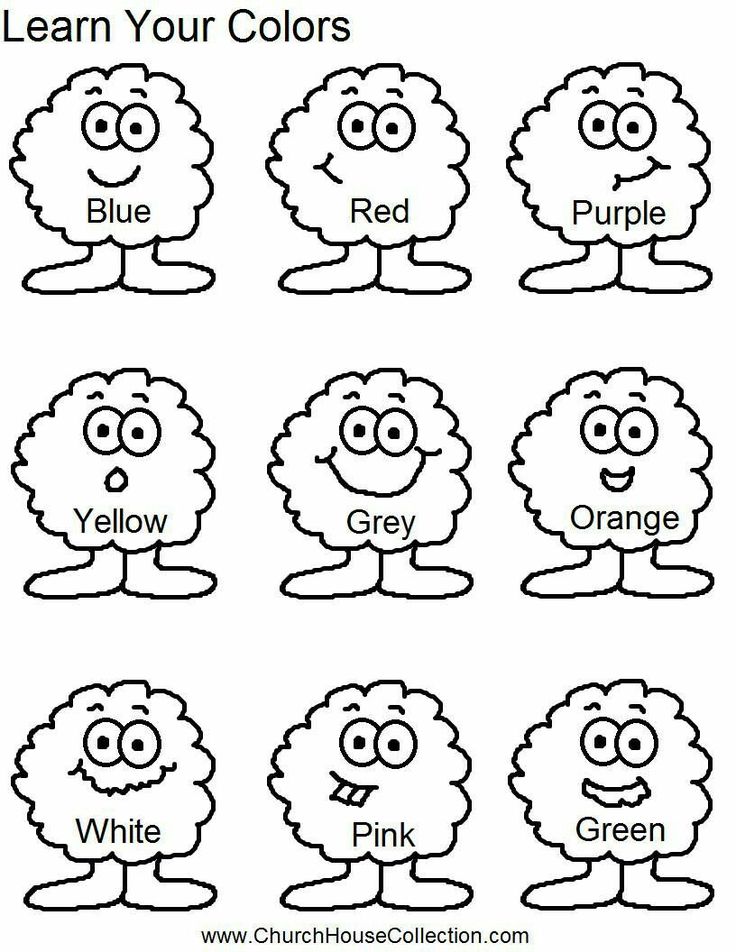
Green color is suitable for painting the walls in the kindergarten bedroom.
Blue:
- conveys seriousness, confidence and calmness;
- promotes kindness and calmness, although overexposure leads to fatigue.
- Violet:
- enhances creativity;
- reduces phobias and fears;
- combines the stimulating effect of red and the toning effect of blue.
White color:
- is associated with peace, purity, faith;
- is a cleansing color that brings a feeling of cleanliness and clarity.
It can be used to paint the walls in a kindergarten without fear of overloading the environment. White is optimal for kindergarten so that the rooms look spacious and lit.
Black traditionally refers to darkness, formality and solemnity.
It should be used in small quantities as a secondary color.
Grey:
- evens out everything and does not affect other colors;
- he can express elegance, respect, disappointment.
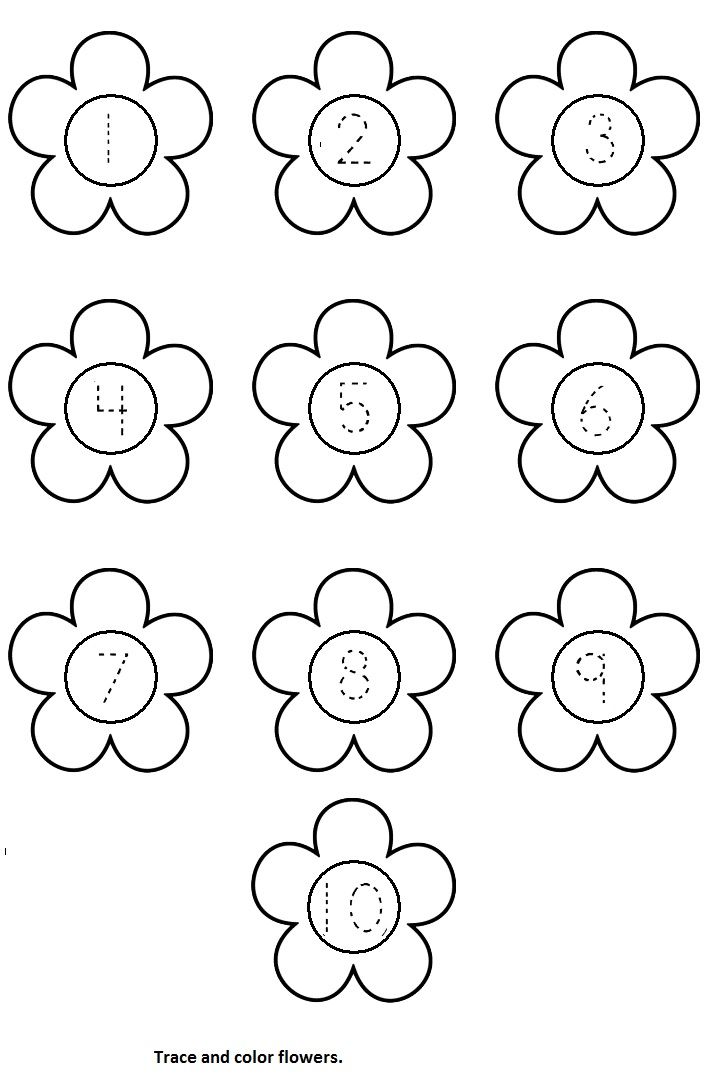
If you abuse gray, the interior looks monotonous and boring.
Some recommendations for choosing colors for painting walls and ceilings in kindergarten
Ceilings are recommended to be painted pure white to add brightness and refresh the atmosphere.
Sky blue, coral, pale green or yellow, as well as cream and beige are recommended for kindergarten walls.
Kindergarten corridors can be painted in relatively bright colors, but should not present too sharp a contrast when exiting from another room.
Halls of the children's center - in some cases, these areas have the peculiarity of serving as a bedroom, dining room and for teaching activities. In this case, the choice of color is even more delicate. If this is your case, we suggest using blue or light green for its relaxing effect.
In the dining room you can have some pretty warm hues like peach pink and even the dining room door can be orange. This is the only place in the children's center where very hot colors are recommended.
Stairs must be painted in an easily distinguishable shade. Avoid giving a different color to each step, which can lead to accidents.
What kind of paint to choose for painting the walls in kindergarten?
BIRSmix wall and ceiling paint has high whiteness and hiding power.
By adding coloring pigments, paint of any color can be obtained. Based on BEERSmix paint, you can achieve a variety of colors when painting walls in kindergarten.
Benefits of BIRSmix wall and ceiling paint for painting walls in kindergarten:
- forms a white matte breathable coating;
- does not drip or splash;
- eco-friendly, odorless;
- paint can be tinted to any color.
Do you need to choose a paint to paint the walls in the kindergarten? We recommend BIRSmix eco-friendly odorless paint for walls and ceilings. BIRSmix paint is suitable for painting walls in kindergarten in any color.
DOW color design | Consultation:
Slide 1 Teacher-psychologist Municipal autonomous preschool educational institution kindergarten No.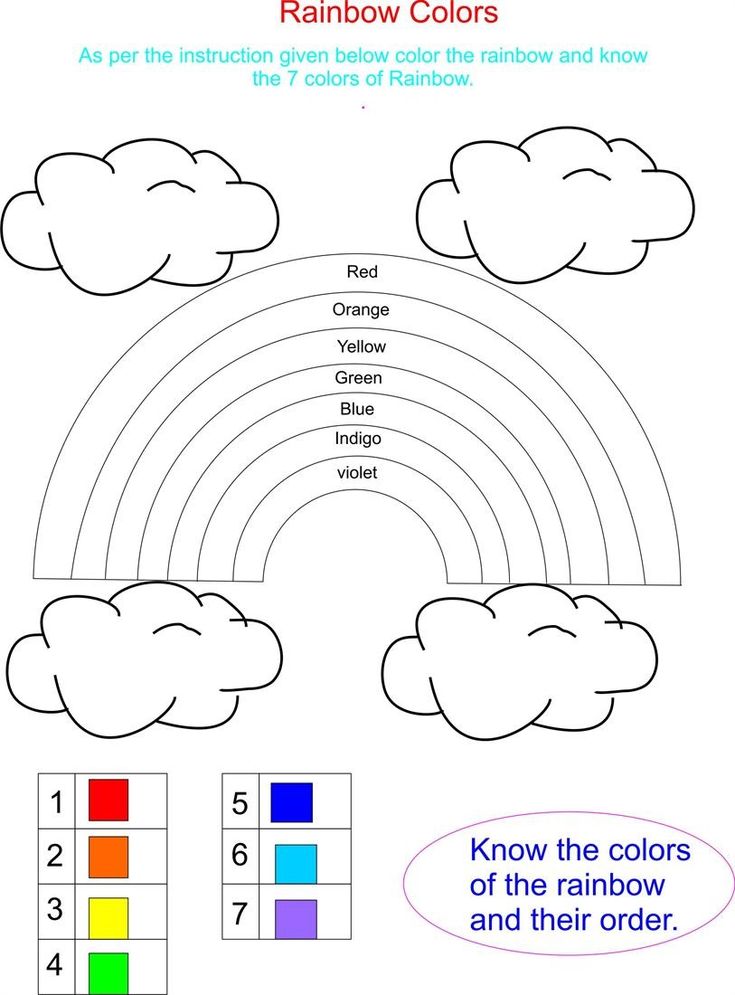 10 "Cheburashka"
10 "Cheburashka"
Slide 2
Color harmony is a pleasing to the eye, beautiful combination of colors, suggesting a kind of consistency between them, the order of alternation, proportionality and proportionality.
Slide 3
The color scheme of the interiors of preschool institutions has an active effect on the child: either positively or becomes an obstacle that prevents the child from expressing a creative individuality, it can even negatively affect the learning process. There are clear parameters for the impact of color on a person. Therefore, it is very important to create the right color environment that meets the diverse needs of children and can prevent the fading of orienting reactions and visual sensations.
Slide 4
Children love color very much, it has a beneficial effect on them, and therefore color can and should be used to create the conditions for their life and the atmosphere that we want to surround them with ... Tomme A skillfully selected range of colors can have a beneficial effect on nervous system than other medicines.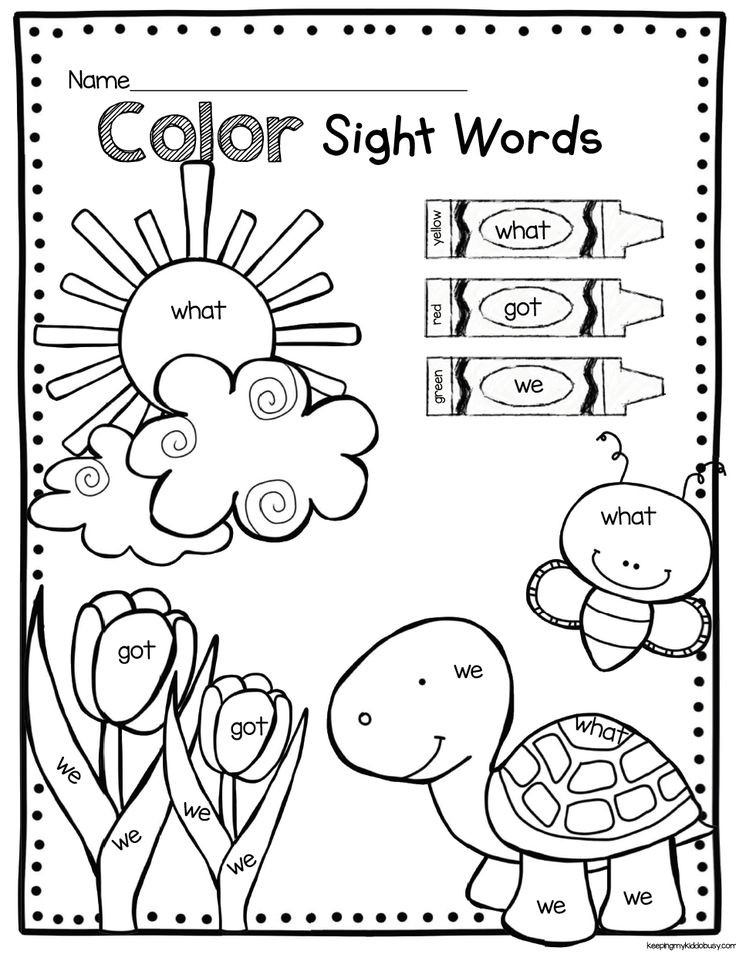 VM Bekhterev Color is one of the effective means of designing a modern interior. However, color not only determines the artistic qualities of the room, it also helps to create the most favorable conditions for the life of adults and children. Color affects health, it affects mood, performance, and even success in raising children, so you should carefully consider what colors surround us.
VM Bekhterev Color is one of the effective means of designing a modern interior. However, color not only determines the artistic qualities of the room, it also helps to create the most favorable conditions for the life of adults and children. Color affects health, it affects mood, performance, and even success in raising children, so you should carefully consider what colors surround us.
Slide 5
If you are going to renovate the premises of a preschool educational institution, you should take into account that in the rooms oriented to the north, the colors of the most light, warm tones are preferred: golden yellow, pink and cream. Such walls reflect more light, create a feeling of warmth and even sunshine. If the windows face south and southwest, the room is illuminated by the sun for a long time and gets very hot in the hot season, then it is better to choose the colors of the walls from the range of cold ones: blue, blue-green. Although in the northern regions and in Siberia, with any orientation of windows, it is better to use a warm range of colors.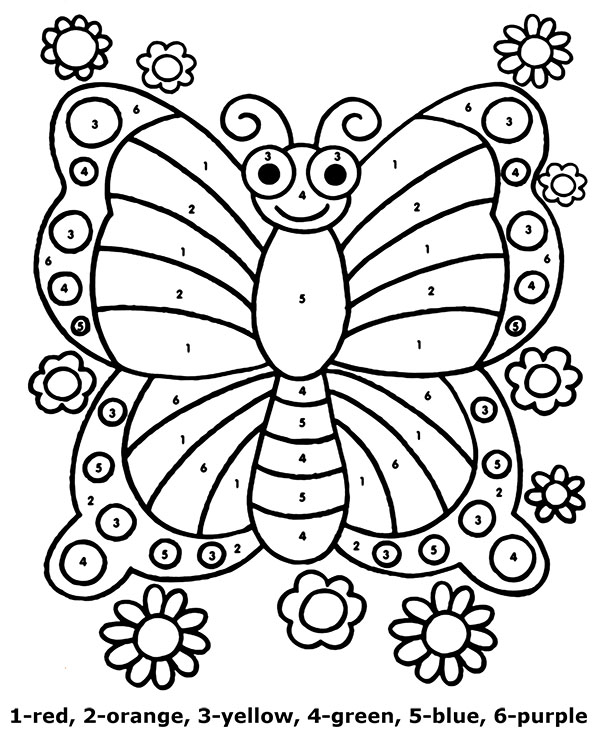 For group rooms, it is better to use light colors so as not to reduce the illumination of the room: light orange, light yellow or light green.
For group rooms, it is better to use light colors so as not to reduce the illumination of the room: light orange, light yellow or light green.
Slide 6
“Monochrome” of preschool premises will give the impression of monotony, boredom and incomplete design. Therefore, it is recommended to use several colors in the interior.
Slide 7
The combination of different colors can be used to highlight functional areas for games and activities. An important condition, the color in the interior of the preschool educational institution should have a signal role - helping children find the necessary premises.
Slide 8
Choice of colors Before painting, you should decide on the color of paints. The following recommendations will help us here: If children under 4 years old will live in the room. In this case, neutral or pastel colors should be preferred. After all, at this age, a child can get upset because of any little thing, and these colors calm down well.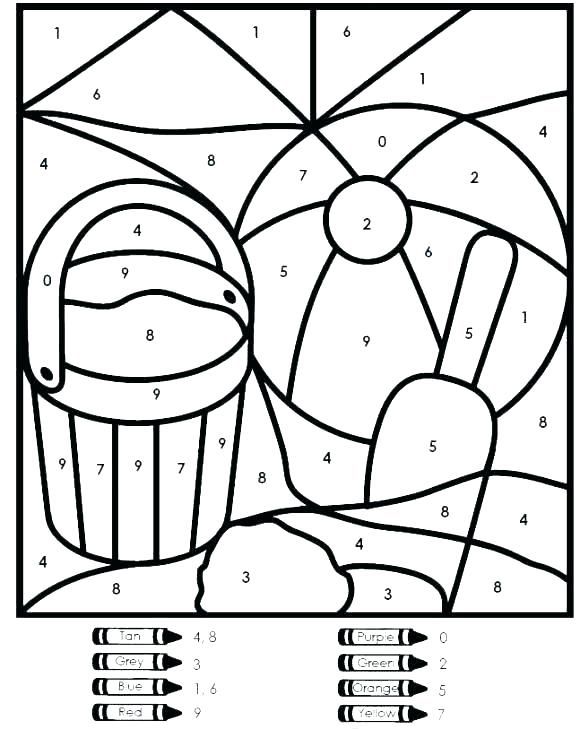
Slide 9
Choice of colors If children over 4 years of age will live in the room. In this case, you need to give preference to moderately bright colors in combination with neutral ones. At this age, children are incredibly active, and pastel colors can only piss them off.
Slide 10
The harmony of color and shades is achieved either by similarity or by contrast.
Slide 20
Each color composition evokes an emotional response, creates a certain mood. Compositions of similar colors of yellow and green, according to psychologists, soothe, help to focus attention, and facilitate the work of the eyes.
Slide 21
Each color composition evokes an emotional response, creates a certain mood. Red and green can interact as signifying activity and passivity at the same time, as a strong contrast between energy and calmness, and therefore both colors give the impression of life-affirmation, impulsiveness, restlessness and shimmer, provided they are of the same tone and adjacent location.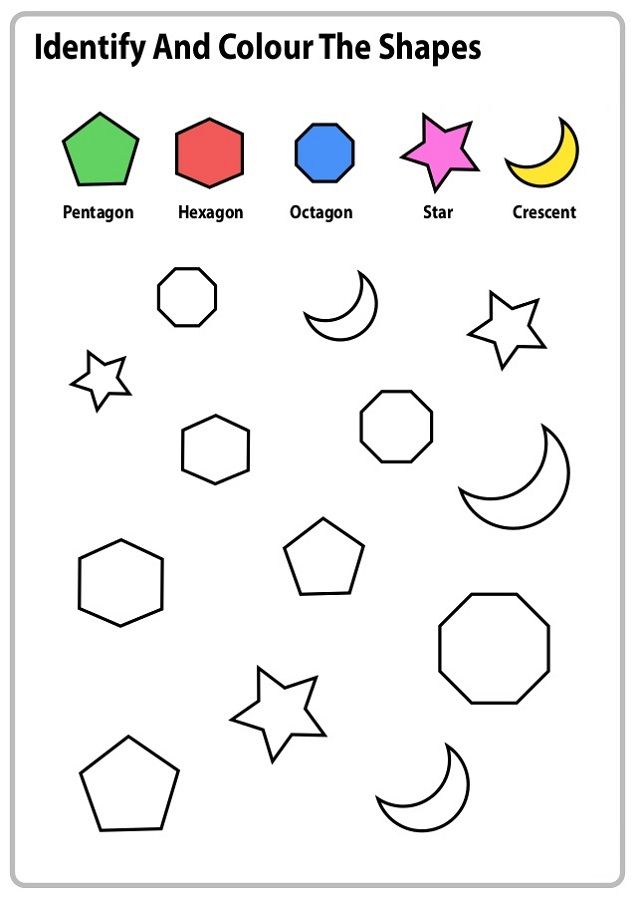
Slide 22
Each color composition evokes an emotional response, creates a certain mood. The yellow and blue colors standing next to each other are polar opposites: one color is radiant (yellow), the other “leads deep” (blue), which creates the impression of mobility.
Slide 23
Warm colors Rooms painted in warm colors (reds, oranges, yellows) look compact, warm and welcoming. Warm, intense colors seem closer - they are called protruding, they visually reduce the room.
Slide 24
Cool colors Rooms designed in cool colors cool down on a hot day and add space. Cold colors (blue, blue and the whole group of blue-green and blue-violet tones) seem far away, they are called receding, they visually enlarge the room - “push the walls apart”.
Slide 25
Neutral colors White, gray and black are neutral colors, they are included in the color palette, diluting bright colors with themselves.
Slide 26
The right color solution for the premises of the kindergarten, where we spend a significant part of the day, will help us and the children to create color harmony around us and, thus, improve well-being and strengthen health.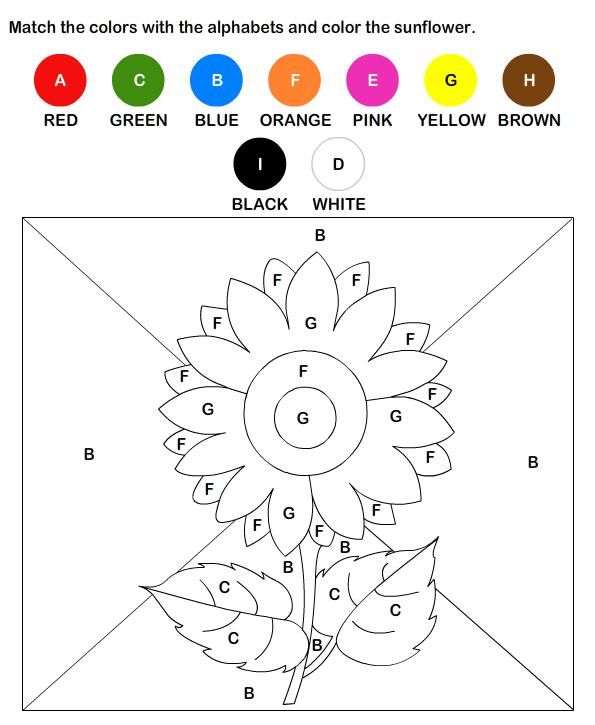
Slide 27
Properly selected colors will strengthen health and improve our lives day by day, while inharmonious, unpleasant color combinations will gradually undermine vitality.
Slide 28
Literature: Egorova E. Prosperity according to Max Luscher. - St. Petersburg: Peter, 2007. Efimenko N.N. Theater of physical education and health improvement of children of preschool and primary school age. (Section IV. Color accompaniment in preschool pedagogy). - M.: LINKA-PRESS, 1999. Illustrative material from the personal archive of Postoeva L.D. I wish you success!
Slide 29
Red Red is the most active color, it creates high spirits, quickly raises the tone of the body, but at the same time irritates and quickly tires the nervous system. Therefore, under the influence of red, a short-term increase in working capacity is followed by its steady decline.
Slide 30
Orange Orange color creates a festive atmosphere and promotes good mood.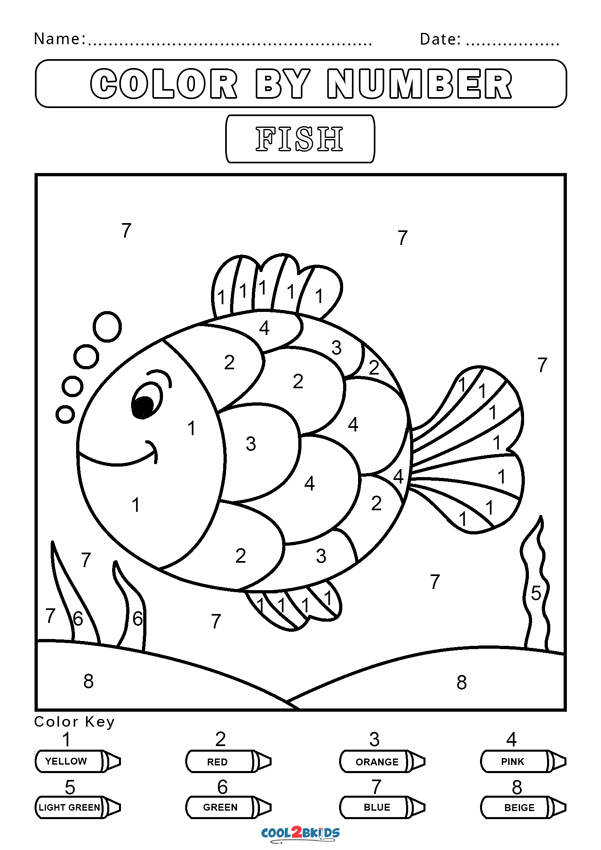 If orange seems too catchy to you, you can use a related peach color, which will also give a feeling of security and comfort, help to cope with fear. Orange is a good protection against cold and overcast days: it's nice to be in an orange setting when it's cold or rainy outside.
If orange seems too catchy to you, you can use a related peach color, which will also give a feeling of security and comfort, help to cope with fear. Orange is a good protection against cold and overcast days: it's nice to be in an orange setting when it's cold or rainy outside.
Slide 31
Yellow Yellow color is clear, fresh, stimulates vision, nervous system, brain activity, causes intellectual interest in the world. Yellow, sunny color is very necessary for northerners who lack warmth. This color promotes recovery and awakening. Since yellow is a very intense and saturated color, it is usually muted, diluted with white. Any shades of pastel yellow are suitable for a group room, a specialist's office, a gym.
Slide 32
Green Green color has a favorable effect on a person, setting him in a calm mood. It heals the nervous system, increases visual acuity, promotes concentration, creates a slight but strong rise in working capacity. Light shades of this color are good for decorating a sensory room, bedroom, group, and many other rooms.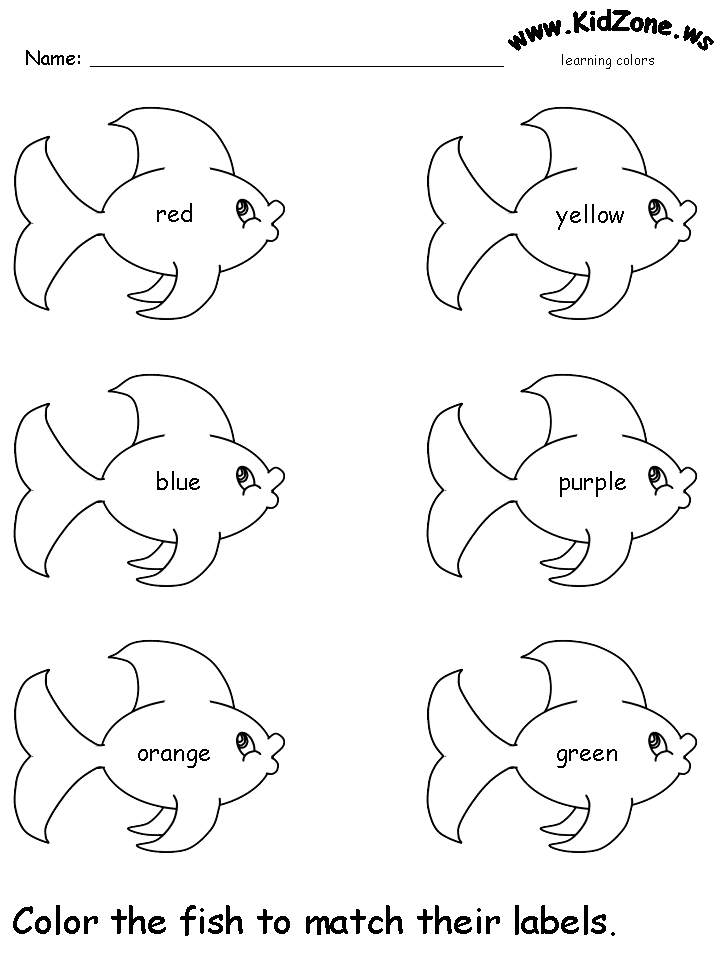
Slide 33
Blue Blue is the color of carelessness, carelessness, daydreaming and peace. The blue color with all its shades gives the impression of spaciousness, depth and coolness, it calms the nervous system and is therefore especially favorable for people with increased nervous excitability. Blue is perfect for a teenager's room and for a bedroom, as well as for a group room in which there are children with increased excitability, because. it calms and relieves stress. The soothing blue color is also appropriate in the room where controversial issues are resolved and conflict situations often arise.
Slide 34
Blue Blue expresses the desire for security and relaxation, dark blue calms the brain. However, it is not recommended to design a bedroom or other preschool room entirely in blue tones because of the possibility of oppression by this color. The presence of blue in the interior within reasonable limits always gives the room sophistication and nobility.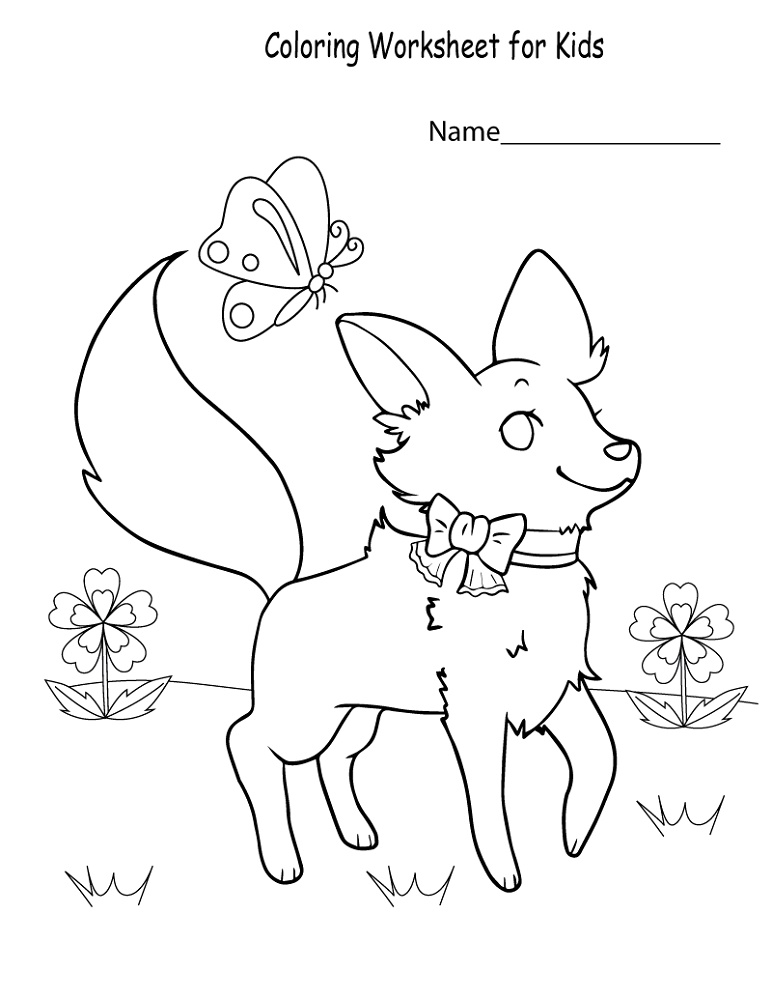
Slide 35
Violet Violet color sets you in a melancholic mood, for reflection. It has been established that it does not so much calm the psyche as it relaxes. Therefore, purple, especially in large quantities, quickly tires. However, a little purple does not hurt where people relax. This color is good for meditation.
Slide 36
Pink Pink - red diluted with white - reduces emotional stress, gives rise to a complacent attitude towards the world. In pale pink, it is recommended to paint the walls of rooms where there are usually too many people. This color helps to better tolerate noise and not be distracted from their affairs. In the US, pink rooms are used to treat aggressiveness in children.
Slide 37
Brown Brown is usually enough in any room where there is wooden furniture. The warmth of wood gives a sense of security and safety. However, too much brown suppresses creativity and mental activity. Therefore, it is best to limit yourself to wooden furniture.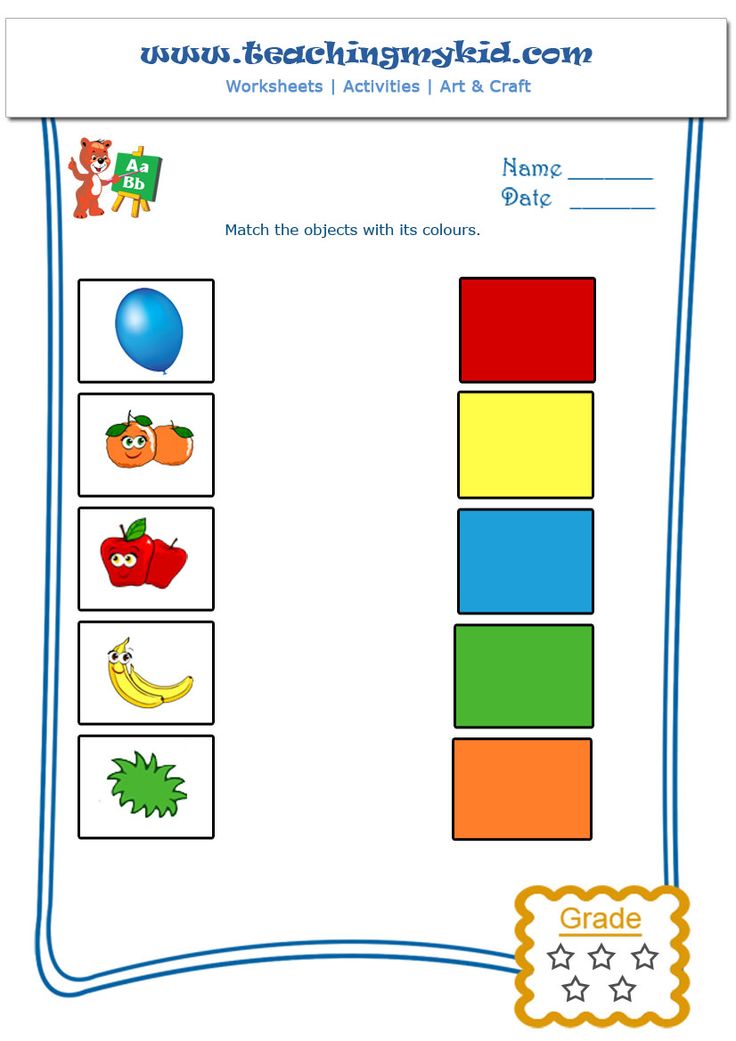
Slide 38
Black Be very careful when using black in the interior. It sounds like eternal silence. This is a completely finished pause, “followed by a continuation, like the beginning of a new world.” In a preschool setting, it is better not to get carried away with this color. Since black is the most silent color, any other color against its background sounds stronger and more definite. For example, the effect of light yellow is so strong that it "really breaks away from the plane, floats in the air and catches the eye."
Slide 39
White Some interior professionals prefer white walls. Indeed, white walls are an excellent backdrop for furniture of any color, for carpets, paintings and other decorative elements. Remember that on a white background, almost all colors weaken. For example, light yellow spreads on white, becoming extremely weak. White walls must be revived either with green plants, or with a picture, or with a bright carpet. And it is better to use in combination with another color.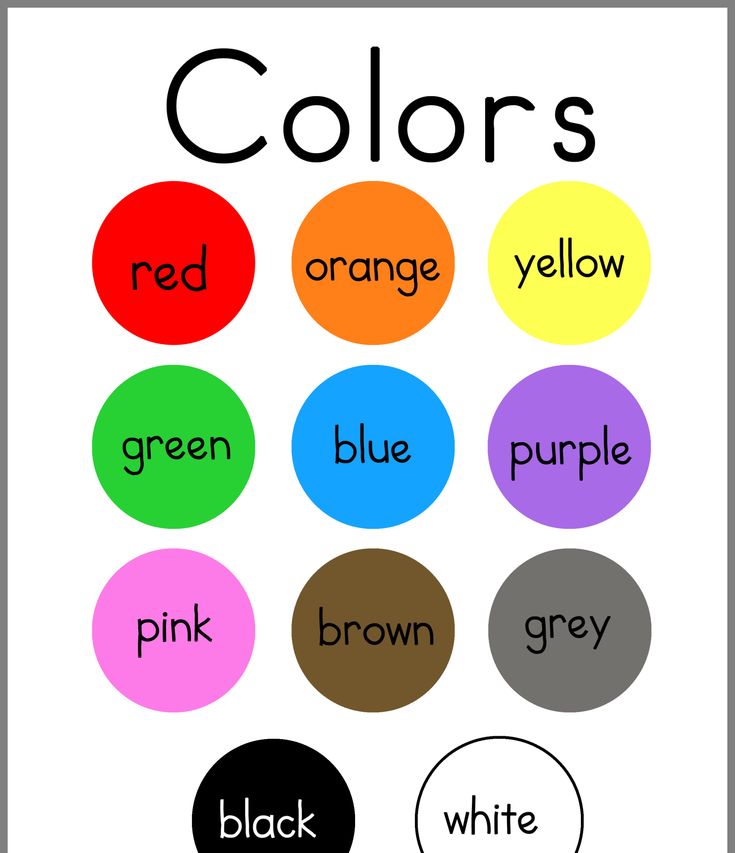 The child needs a variety of colors.
The child needs a variety of colors.
Slide 40
The sound of light yellow paint on a black and white background.
Slide 41
Gray Gray color suits well for office furniture. This color exacerbates criticality and rationality. However, in large quantities, it provokes secrecy and suppresses activity. Therefore, at home and in the preschool educational institution, it is better not to get involved in them.
Slide 42
Each color composition evokes an emotional response, creates a certain mood. So green and blue do not fit together as equivalent parts of the same plane. Red and yellow together show activity and vitality and always have a preponderance over passive blue and green, so they are desirable only in small doses.
Slide 43
Experiments have shown that the emotional impact also depends on the area occupied by each color. According to the physiology of vision, long-term perception of colors with the same spectral characteristics loads the autonomic nervous system one-sidedly, causing fatigue and a decline in working capacity.